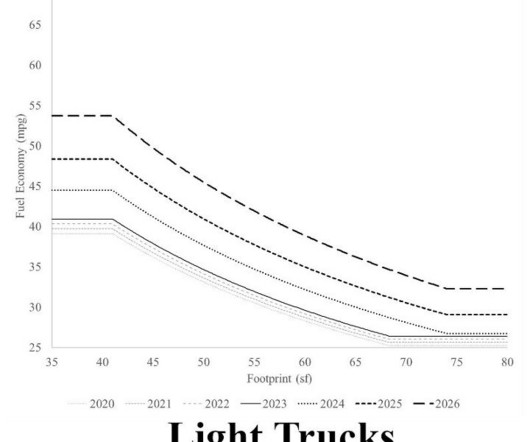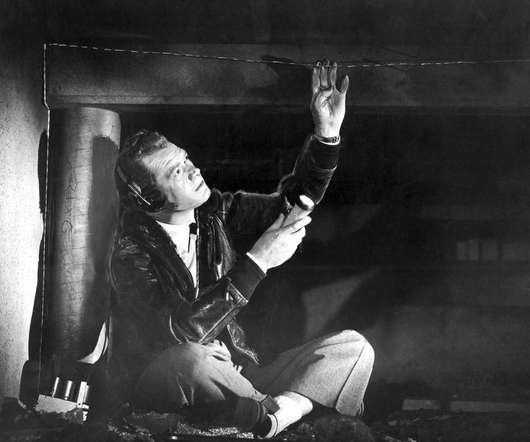Univ of Washington team working to make poplar coppice viable cheap, high-volume biofuel feedstock
Green Car Congress
NOVEMBER 17, 2017
A University of Washington team is trying to make poplar an economically viable biofuel feedstock by testing the production of younger poplar trees that could be harvested more frequently—after only two or three years—instead of the usual 10- to 20-year cycle. Chang Dou/University of Washington. Click to enlarge.












Let's personalize your content